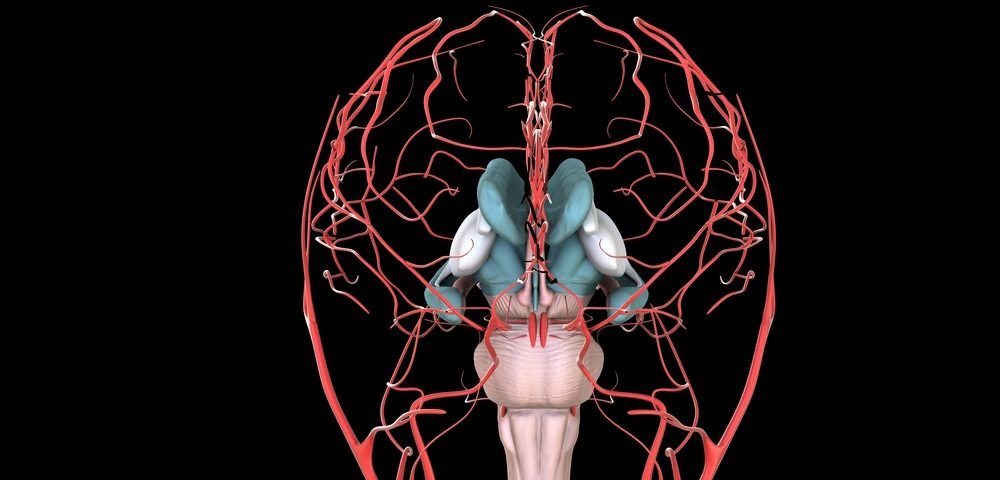A new study suggests a hyperreactive brain network may be the underlying cause of chronic pain in fibromyalgia.
The report shows that brain networks of fibromyalgia patients have an underlying hypersensitivity that leads them to overreact to stimulation in an explosive, widespread, and synchronized manner.
This type of response is called explosive synchronization (ES), a phenomena that occurs both in biological and physical networks, such as during seizures or power grid failures.
The study, “Functional Brain Network Mechanism of Hypersensitivity in Chronic Pain,” was published in the journal Scientific Reports.
“For the first time, this research shows that the hypersensitivity experienced by chronic pain patients may result from hypersensitive brain networks,” Richard Harris, the study’s co-senior author and associate professor of anesthesiology at the Chronic Pain and Fatigue Research Center at Michigan Medicine, said in a press release.
The electrical activity of the brains of 10 female fibromyalgia patients were recorded by electroencephalogram (EEG), a noninvasive technique.
EEG results revealed that fibromyalgia patients do indeed display brain network configurations with explosive synchronization properties. In each patient, researchers found a significant correlation between the degree of ES and the intensity of reported chronic pain.
Researchers then used computer models of brain activity to simulate how a fibromyalgia brain reacts to stimulation. They found that the fibromyalgia brain was more sensitive to electrical stimulation than a brain model without ES characteristics.
“As opposed to the normal process of gradually linking up different centers in the brain after a stimulus, chronic pain patients have conditions that predispose them to linking up in an abrupt, explosive manner,” said UnCheol Lee, the study’s first author, a physicist and assistant professor of anesthesiology at Michigan Medicine.
According to the team, this type of modeling could help guide future treatments for fibromyalgia, as brain regions important for explosive synchronization behavior and therapies that target it can first be tested on the computer.
It is still unknown from a global brain perspective which of the brain network interactions create the subjective sensation of chronic pain. This study suggests, for the first time, that the explosive synchronization phenomena might be the cause of chronic pain in fibromyalgia patients.

